Up to now, households have begun to enter the stage of collecting honey and separating colonies, opening up opportunities to develop honey beekeeping in the buffer zone of Kon Ka Kinh National Park.
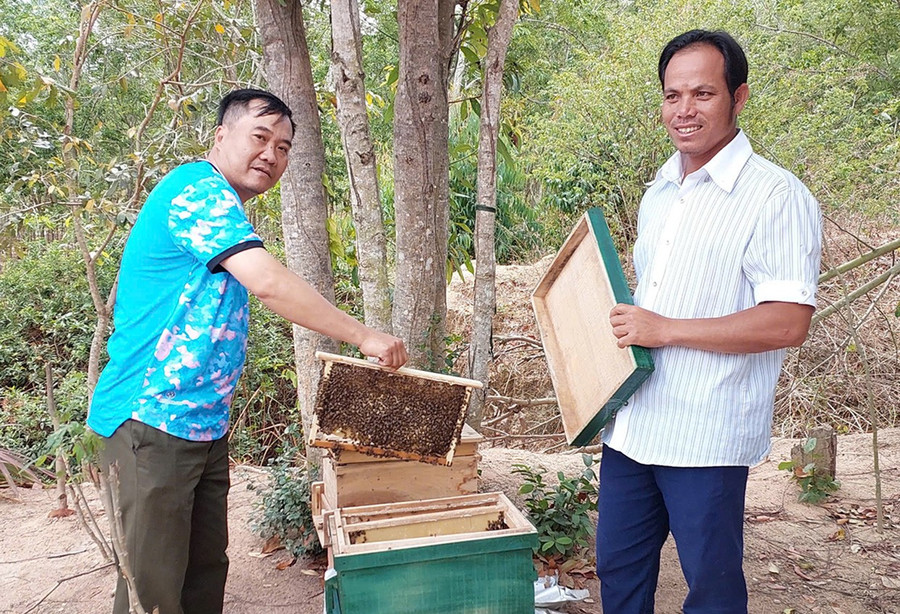
Within the framework of the Small Grant Program on Conservation and Sustainable Management of ASEAN Heritage Parks Phase 2 (Vietnam National Component) funded by the German Reconstruction Bank (KFW), in 2024, Kon Ka Kinh National Park selected 2 villages in the buffer zone, De Kjieng village (Ayun commune, Mang Yang district) and Ha Dung 1 village (Dak Rong commune, Kbang district) to implement a honey beekeeping model.
Accordingly, each village has 10 Bahnar households selected to participate in the model. Each household is supported with 5 breeding bee colonies and beekeeping boxes provided by the Center for Bee Research and Tropical Beekeeping (Vietnam Academy of Agriculture). At the same time, households are trained in techniques for creating queen bees, separating colonies, preventing diseases that harm bee colonies, exploiting honey, orienting the market, and managing bee colonies, etc.

After nearly a year of beekeeping for honey, some households in De Kjieng village have learned how to select queen bees, extract honey, and separate colonies. Mr. Mang (De Kjieng village) excitedly said: Up to now, people in the village have mainly relied on agricultural production, finding medicinal plants under the forest canopy and exploiting natural honey to have additional sources of income. In 2024, my family was able to participate in the beekeeping model for honey in the buffer zone of Kon Ka Kinh National Park.
When participating in the model, I was supported 100% with beekeeping seeds, boxes and other beekeeping equipment. During the raising process, the staff of the Garden regularly monitored and provided technical guidance on moving the bee colonies to collect honey from natural flowers as well as coffee and longan flowers around the village.
Recently, in the first time of honey extraction, my family collected more than 1 liter of honey per hive, the quality of which is considered equivalent to natural forest honey. Not only do I have honey to sell, I also know how to separate the hive to support the villagers to develop the beekeeping profession together.

Similarly, Mr. Ruk (in the same village) shared: After being supported with 5 beehives to raise honey, his family was very excited and placed the beehive in a convenient location according to the instructions of the technical staff of Kon Ka Kinh National Park. Recently, his family's beehive has produced more than 5 liters of honey.
“My family’s bees mainly collect honey from wild flowers, which is of the same quality as natural honey. After my family successfully raised bees, some households in the village came to learn the techniques to develop the beekeeping profession in the future,” said Mr. Ruk.
To reassure people in caring for and developing their bee colonies, the honey products harvested by households are purchased by units participating in the project at market prices, but at a minimum of VND200,000/liter. Talking to reporters, Mr. Ngo Van Thang, Director of Kon Ka Kinh National Park, said: In recent years, from project support sources, the unit has built many livelihood support models for people in buffer zone villages in Mang Yang and Kbang districts to help people have a stable source of income and improve their lives.
In particular, the honey beekeeping model is currently developing quite well, people have started to collect honey, separate the colony to expand to create a sustainable source of livelihood. With favorable weather conditions and abundant natural food sources, we hope that this model will open up a direction for economic development for people to increase their income and stabilize their lives.
Source: https://baogialai.com.vn/ky-vong-nghe-nuoi-ong-lay-mat-tai-vung-dem-vuon-quoc-gia-kon-ka-kinh-post318795.html


![[Photo] Nghe An: Bustling atmosphere celebrating the 50th anniversary of Southern Liberation and National Reunification Day](https://vphoto.vietnam.vn/thumb/1200x675/vietnam/resource/IMAGE/2025/4/29/64f2981da7bb4b0eb1940aa64034e6a7)
![[Photo] Ho Chi Minh City residents "stay up all night" waiting for the April 30th celebration](https://vphoto.vietnam.vn/thumb/1200x675/vietnam/resource/IMAGE/2025/4/30/560e44ae9dad47669cbc4415766deccf)
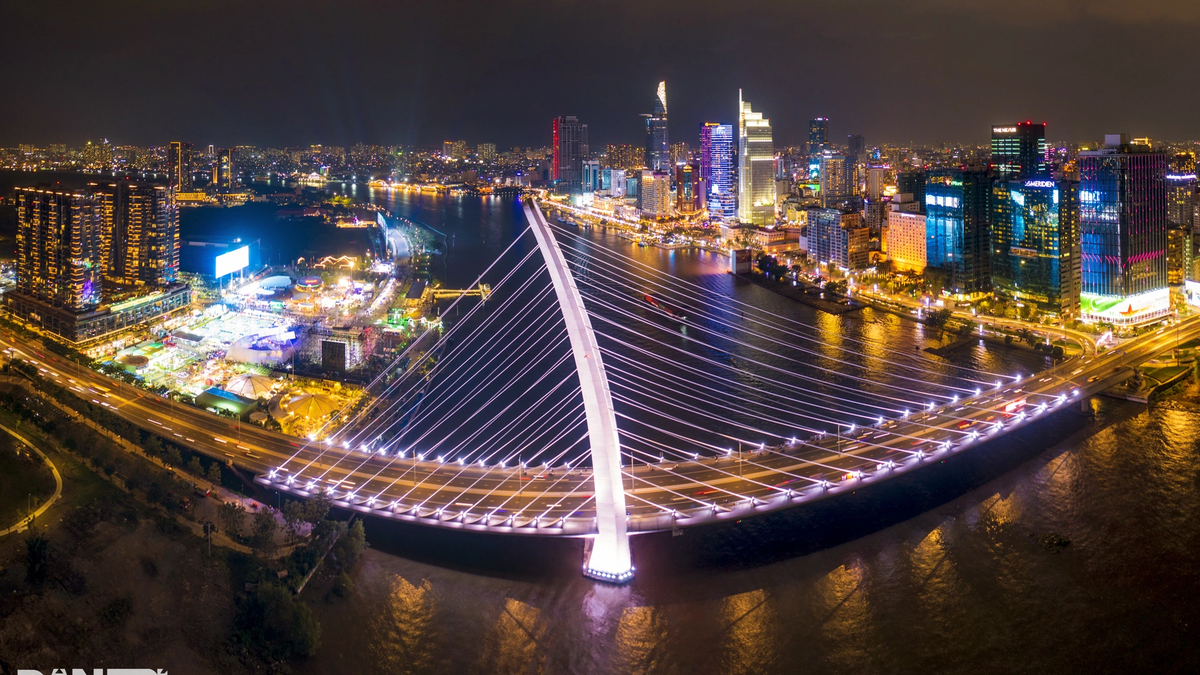
![[Photo] Ho Chi Minh City: People are willing to stay up all night to watch the parade](https://vphoto.vietnam.vn/thumb/1200x675/vietnam/resource/IMAGE/2025/4/29/cf71fdfd4d814022ac35377a7f34dfd1)
![[Photo] General Secretary attends special art program "Spring of Unification"](https://vphoto.vietnam.vn/thumb/1200x675/vietnam/resource/IMAGE/2025/4/29/e90c8902ae5c4958b79e26b20700a980)
![[Photo] Hanoi is brightly decorated to celebrate the 50th anniversary of National Reunification Day](https://vphoto.vietnam.vn/thumb/1200x675/vietnam/resource/IMAGE/2025/4/29/ad75eff9e4e14ac2af4e6636843a6b53)



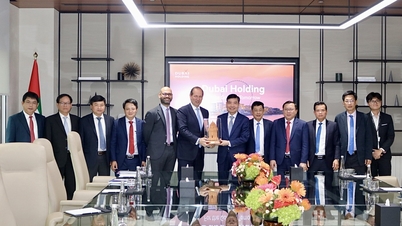






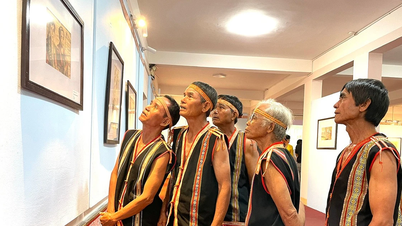



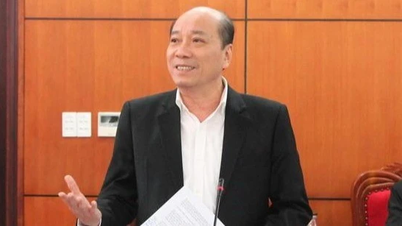
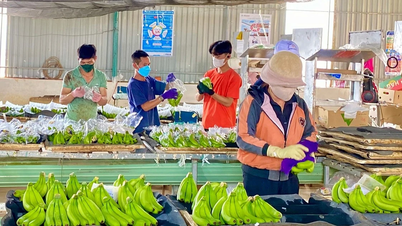
![[Photo] Prime Minister Pham Minh Chinh meets to prepare for negotiations with the United States](https://vphoto.vietnam.vn/thumb/1200x675/vietnam/resource/IMAGE/2025/4/29/76e3106b9a114f37a2905bc41df55f48)














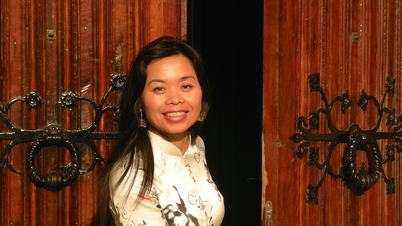



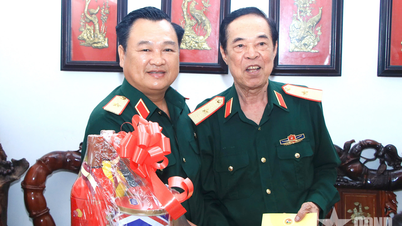








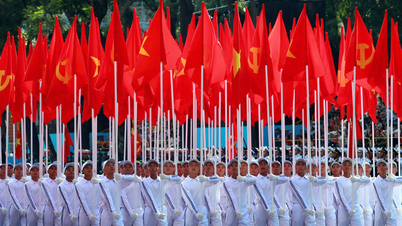







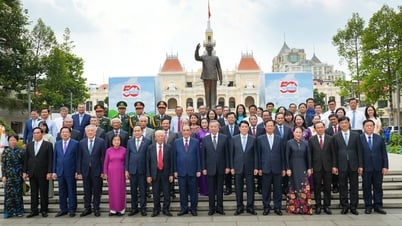














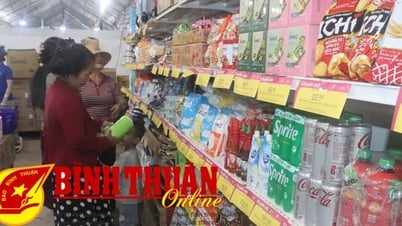





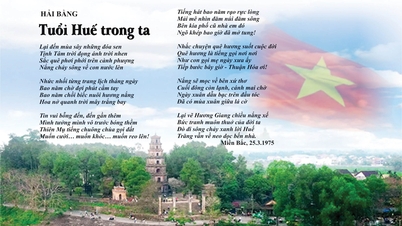













Comment (0)